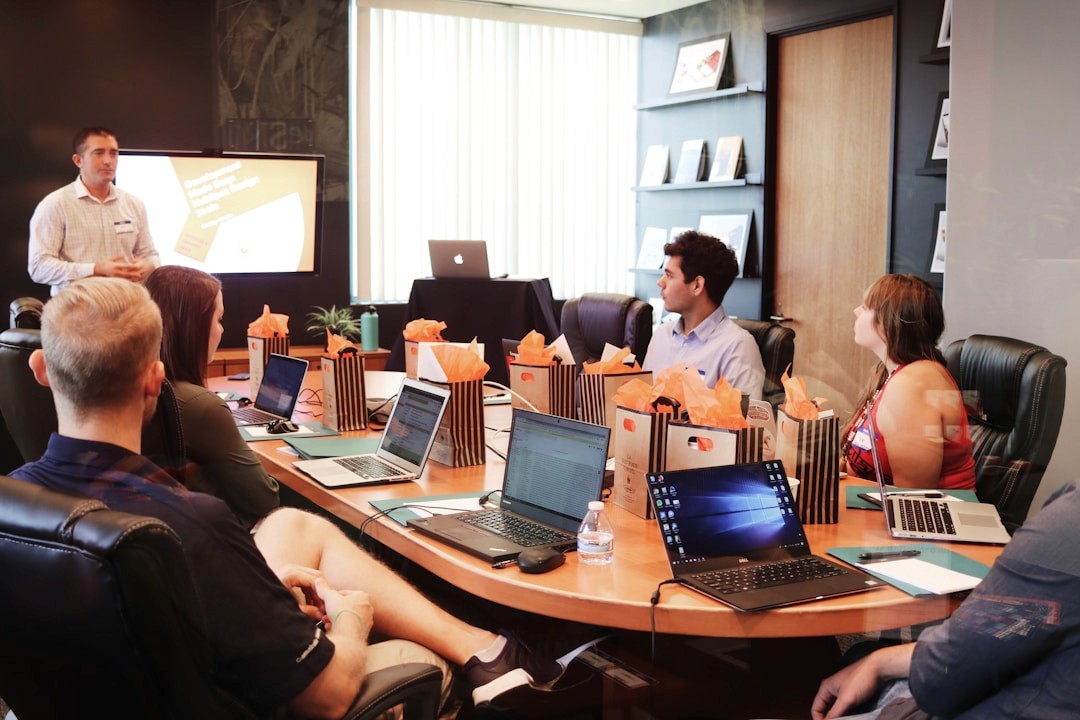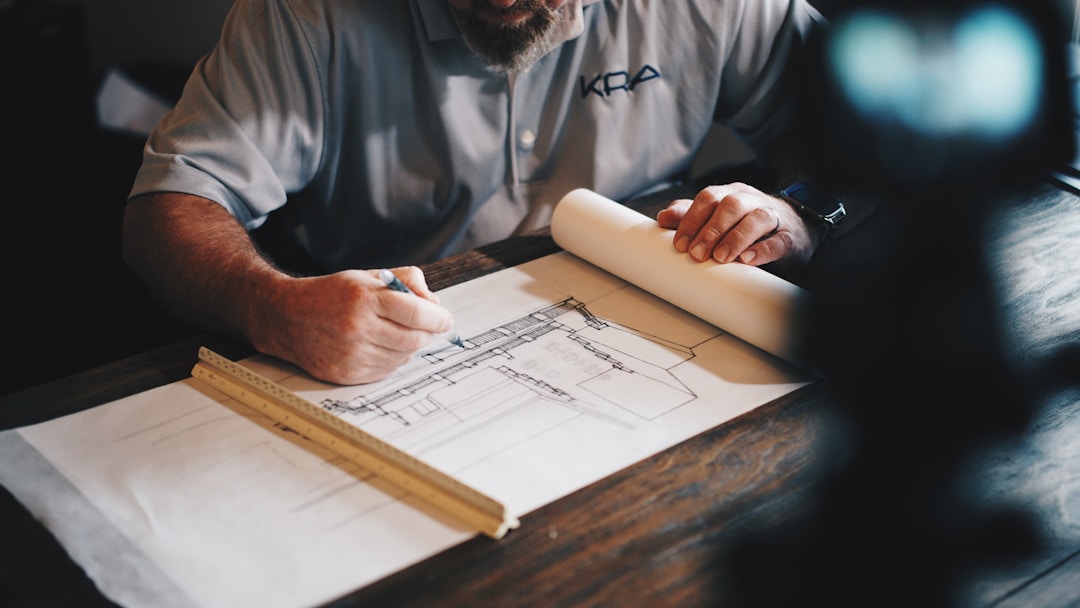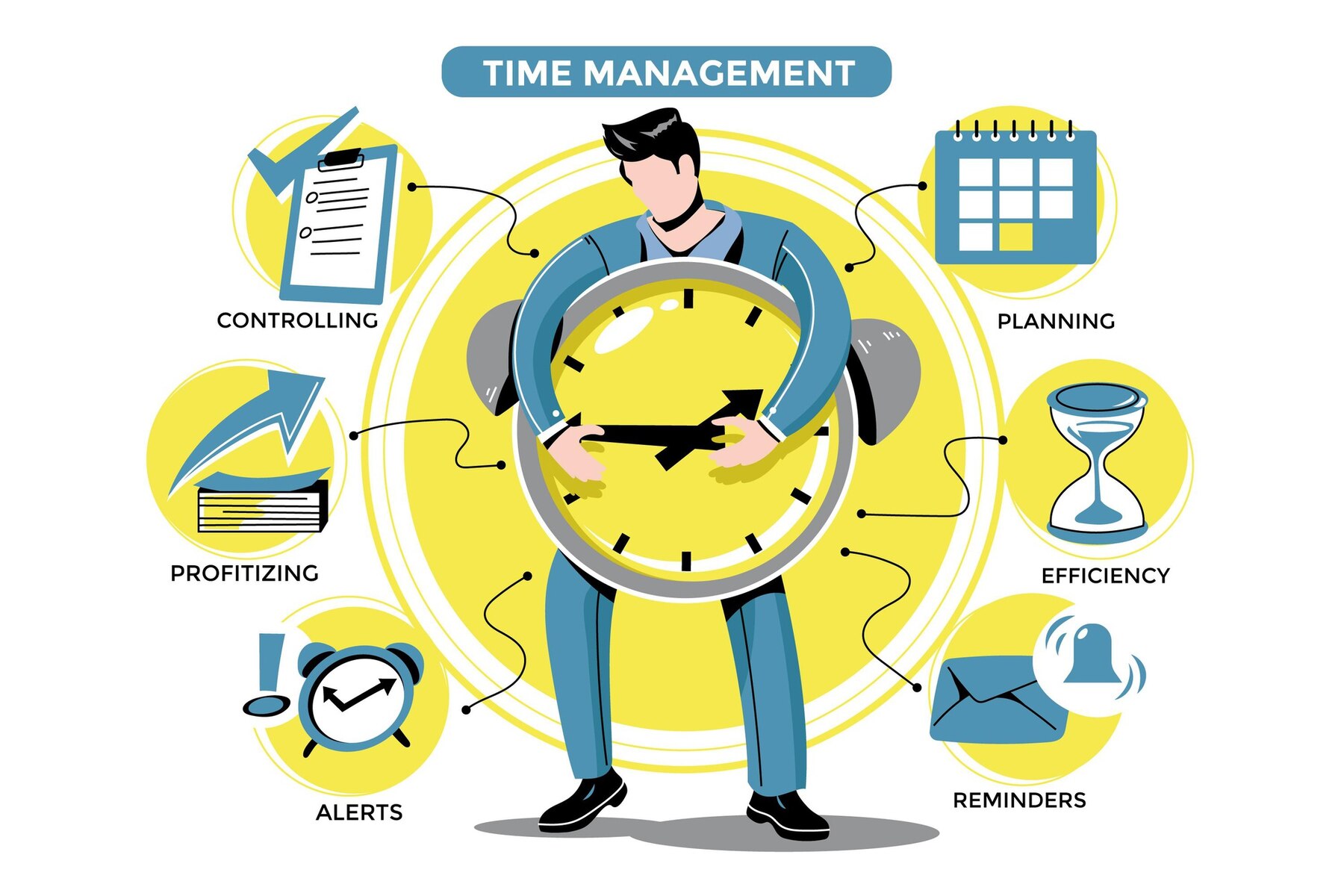Creative professionals must manage multiple deadlines, changing client expectations, and unpredictable workflows while maintaining creativity. As these demands multiply, the pressure to manage everything can lead to a constant feeling of overwhelm, stifling productivity and creative freedom for professionals working independently or in small teams.
Without a system, the complexity of the task at hand often increases, leaving individuals feeling caught in a never-ending loop of tasks and responsibilities.
The good news is that a solution exists, though it might not be what you think. It’s not about working harder or sacrificing more time—it’s about working smarter with the right tools and strategy.
Could there be a way to master time management and make even the busiest project feel like a breeze? Let’s just say it’s easier than you might expect—and no, it doesn’t involve cloning yourself!
Managing Multiple Projects Simultaneously
Handling multiple projects simultaneously is an inherent part of being a creative professional. The nature of the industry often involves working with tight timelines across varying scopes, with each client or project requiring unique deliverables.
Maintaining clear visibility over all moving parts is the key to managing multiple projects without becoming overwhelmed. Practical project management tools allow for tracking and organizing every aspect of each project in real time, which is essential for ensuring no tasks or deadlines slip through the cracks.
By centralizing project details and tasks in one place, creatives gain a 360-degree view of what’s due, when, and by whom. This clarity removes ambiguity and minimizes confusion when switching between projects.
Establishing clear project timelines, defining specific milestones, and delegating tasks efficiently ensures that creatives work smarter, not harder. When broken down into manageable steps, no project feels too chaotic or overwhelming, allowing the creative to focus on the most critical work at any given moment.
Breaking Down Complex Tasks
When left unaddressed, complex tasks lead to creative burnout and procrastination. A large project can feel like an insurmountable mountain if not broken down into smaller, actionable pieces.
Project management tools provide an organized space where tasks are segmented into subtasks and deadlines are set accordingly. This ensures that no part of the project is overlooked and that progress is always moving forward.
By organizing tasks into smaller, bite-sized chunks, creatives avoid feeling paralyzed by the size of the project. For example, instead of focusing on “Design Website,” breaking it down into subtasks like “Create Wireframe,” “Select Color Scheme,” and “Design Home Page Layout” makes it easier to track progress and stay focused on specific steps.
These tools also allow scheduling individual tasks across timelines, offering a clear overview of how the entire project will unfold. This reduces stress and gives the creative professional a sense of control.
Prioritization and Task Management
When deadlines overlap, all projects seem urgent, and it’s easy to feel like every task requires immediate attention. Effective prioritization ensures that creatives focus on the right tasks at the right time.
A robust project management system categorizes tasks based on urgency and importance, ensuring creative professionals allocate their time wisely. Priority levels and deadlines are assigned to each task, making it clear what needs immediate attention and what can wait.
Time-tracking features built into project management systems help creatives understand where their time is going and how long each task should take. This ensures that tasks do not bleed into each other, affecting deadlines for other projects. For example, a tool that shows the time spent on design revisions versus initial drafts allows creatives to adjust their schedules accordingly.
This helps prevent last-minute scrambling and offers a more strategic approach to managing time. Project management systems also offer reminders, ensuring no task is left behind and deadlines are consistently met.
Collaboration and Communication
Collaboration is integral to creative work, significantly when multiple individuals contribute to various aspects of a project. A sound project management system facilitates communication between team members, providing a centralized platform for discussions, feedback, and approvals.
This ensures that all stakeholders—internal collaborators or external clients—are on the same page, reducing the chance of miscommunication.
Project management tools streamline communication, eliminating the need for constant back-and-forth emails and scattered messages. Creatives can leave comments directly on tasks, link files, and share updates without interrupting their flow.
The workflow becomes more efficient when everyone is aligned on expectations, deadlines, and responsibilities. This communication transparency also helps resolve issues quickly, enabling creatives to maintain momentum and stay focused on their work instead of managing misunderstandings.
Maintaining Flexibility and Structure
Creative professionals thrive in environments that allow for freedom and exploration. However, deadlines and client expectations still require structure to ensure the project moves forward. The balance between flexibility and structure is vital.
Project management tools provide frameworks that help creatives remain focused while leaving room for creativity. By defining workflows, setting milestones, and tracking progress, these tools offer enough structure to keep things on track without stifling creative exploration.
With the right tool, creatives can move around tasks, adjust schedules, and reassign resources based on their evolving needs. This flexibility is crucial, as creative work often requires the freedom to adapt to new ideas or design iterations.
Yet, even with this freedom, a project management system offers structure by ensuring that the project moves forward according to the established timeline, no matter how many changes occur.
Handling Scope Creep and Changing Requirements
Scope creep—the gradual expansion of project requirements—can derail even the most well-planned projects. With project management tools, creatives gain control over changing requirements.
The system tracks all project changes, updates tasks, and ensures that new expectations are communicated clearly to all stakeholders. By doing so, these tools mitigate the risk of misunderstandings and unapproved changes that could disrupt the creative flow.
A change management feature allows for real-time adjustments and ensures that no task or deliverable is added to the project without proper approval. This feature safeguards creatives from overburdening themselves and maintains the integrity of the original vision.
In cases of significant changes, project management tools help assess the impact on timelines, budgets, and resources, ensuring that everything remains aligned and feasible.
Avoiding Burnout and Managing Workloads
Burnout is a common concern among creatives, especially when managing multiple projects with high demands. Practical time management tools track workload distribution, helping identify when a creative takes on too much.
With visibility into tasks, deadlines, and time spent on each project, creatives can better manage their energy and ensure they do not overcommit or overwork themselves.
Project management tools also allow for scheduling breaks, realistically managing deadlines, and delegating tasks to prevent overload. For example, if a deadline feels tight, a creative can adjust their schedule, reschedule non-essential tasks, or bring in external resources to help. This enables a healthy work-life balance while ensuring the timely completion of all projects.
Streamlining Invoicing and Administrative Tasks
For many creative professionals, administrative tasks such as invoicing and time tracking are necessary but often burdensome. A project management tool with built-in invoicing and billing features simplifies this process.
By integrating time tracking with project tasks, creatives no longer need to calculate hours or payments manually. Instead, the tool generates invoices based on actual time spent on tasks and pre-agreed rates, reducing the chances of errors and administrative overhead.
This seamless integration ensures that creatives are compensated accurately and promptly without spending unnecessary time on administrative work. By automating these tasks, project management tools free up more time for the creative work that truly matters.
This also promotes transparency with clients, who can receive detailed reports on the time spent on various tasks, making the billing process clearer and more efficient.
Managing Budgets and Resources
Managing a project’s budget can be tricky for creative professionals, especially when working with tight margins or fluctuating client demands. Project management tools that include budget tracking capabilities allow creatives to stay on top of expenses in real-time.
By linking tasks to financials, these tools show the cost of each project phase, resource allocation, and any adjustments needed to stay within budget.
Creative professionals must also manage their resources, from software tools to physical assets like design files. Project management systems help keep everything organized by storing resources in one accessible location.
This allows creatives to focus on the work without wasting time searching for files or tracking down missing assets, making the creative process more efficient.
Transitioning Between Project Stages
In creative work, especially in fields like design or video editing, projects often move through multiple stages, from conceptualization to final execution. Managing these transitions without losing momentum is crucial for project success.
Project management tools facilitate smooth transitions by tracking each stage and clearly defining deliverables for hand-offs between teams or clients.
Project management systems help creatives maintain consistency across projects by providing templates, checklists, and predefined stages. This ensures that everything is in place for a seamless transition when one stage ends and another begins.
For example, a designer can finalize a mockup and move it into the feedback stage without missing any necessary steps, making it easier to pick up where the last team left off. This ensures the creative process is never disrupted, even during complex transitions.
Conclusion
Time management is essential for creative professionals juggling multiple projects, meeting deadlines, and staying aligned with client expectations. By utilizing project management systems, creatives streamline workflows and prevent burnout.
This allows them to focus on what truly matters—the creative work itself. The right tools help transform chaos into clarity, making project juggling more manageable. When time is controlled effectively, creativity thrives without constant interruptions or stress.
Pinrom offers an incredibly affordable solution: just $1 per user. It empowers you to take charge of your projects and unlock your full creative potential.




